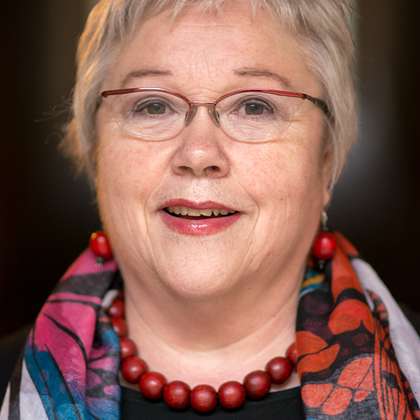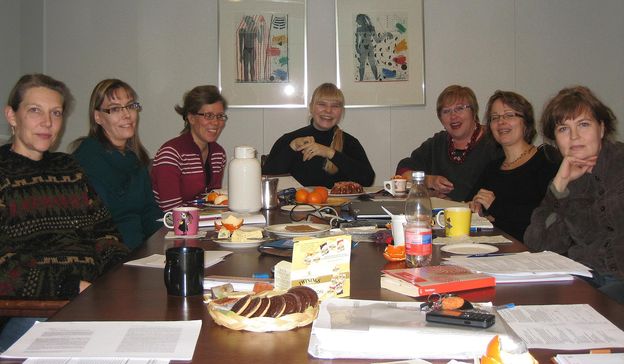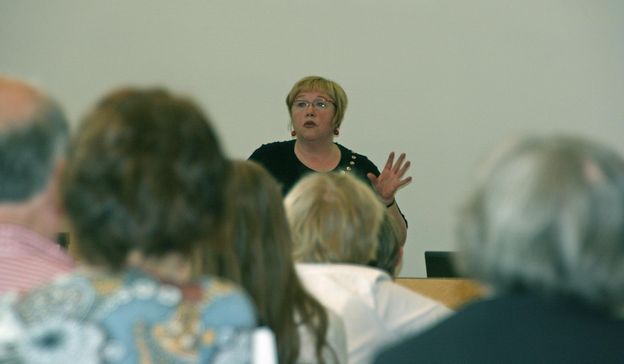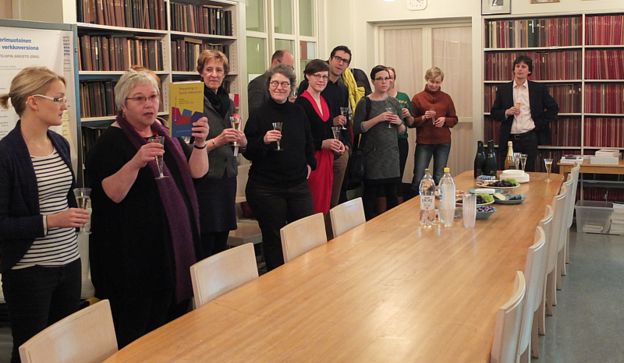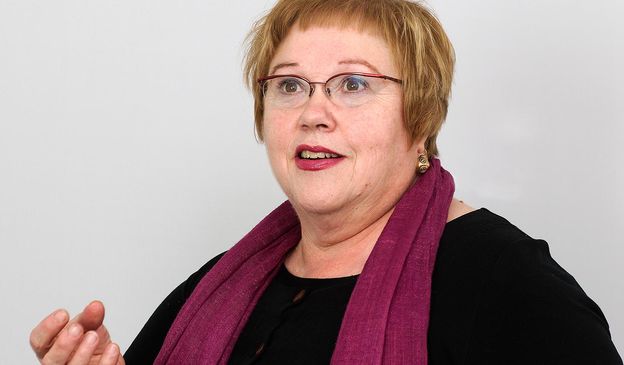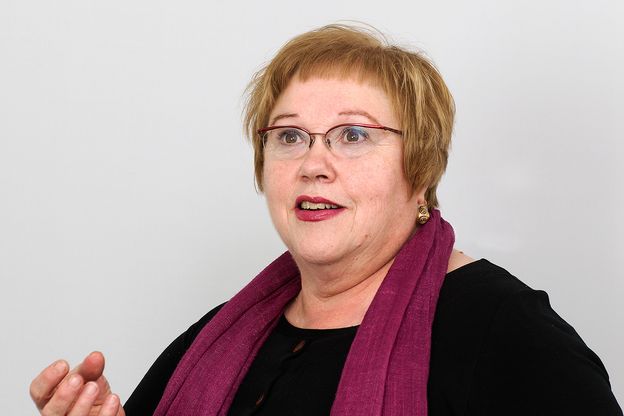Marja-Leena Sorjonen
Born August 8, 1956, Valtimo
Master of Arts 1985 (Finnish Language), University of Helsinki
PhD 1997 (Applied Linguistics), University of California at Los Angeles (UCLA)
Docent in Finnish language 1998, University of Helsinki
Director of the Finnish Centre of Excellence in Research on Intersubjectivity in Interaction 2012–, University of Helsinki and the Academy of Finland
Professor of Finnish 2010–, University of Helsinki
Professor of spoken Finnish 2007–09, Research Institute for the Languages of Finland
Senior researcher 1999–2006, Research Institute for the Languages of Finland
Senior assistant 1995–97, University of Helsinki
Research associate 1995–97, University of Helsinki
Principal Researcher 1993–96, Finnish Foundation for Alcohol Studies
Publications, research projects and other academic activity
Research themes:
Linguistic interaction, interaction and grammar, language variation, interaction in institutional settings, multimodal interaction.
Awards and special achievements:
Knight first class of the Order of the White Rose of Finland 2015
Joint award of the August Ahlqvist, Yrjö Wichmann, Kai Donner and Artturi Kannisto foundations for an outstanding doctoral dissertation 1997
Photo: Sasa Tkalcan
Written by Marja-Leena Sorjonen (Kaija Hartikainen, ed.)
Translated by Matthew Billington


